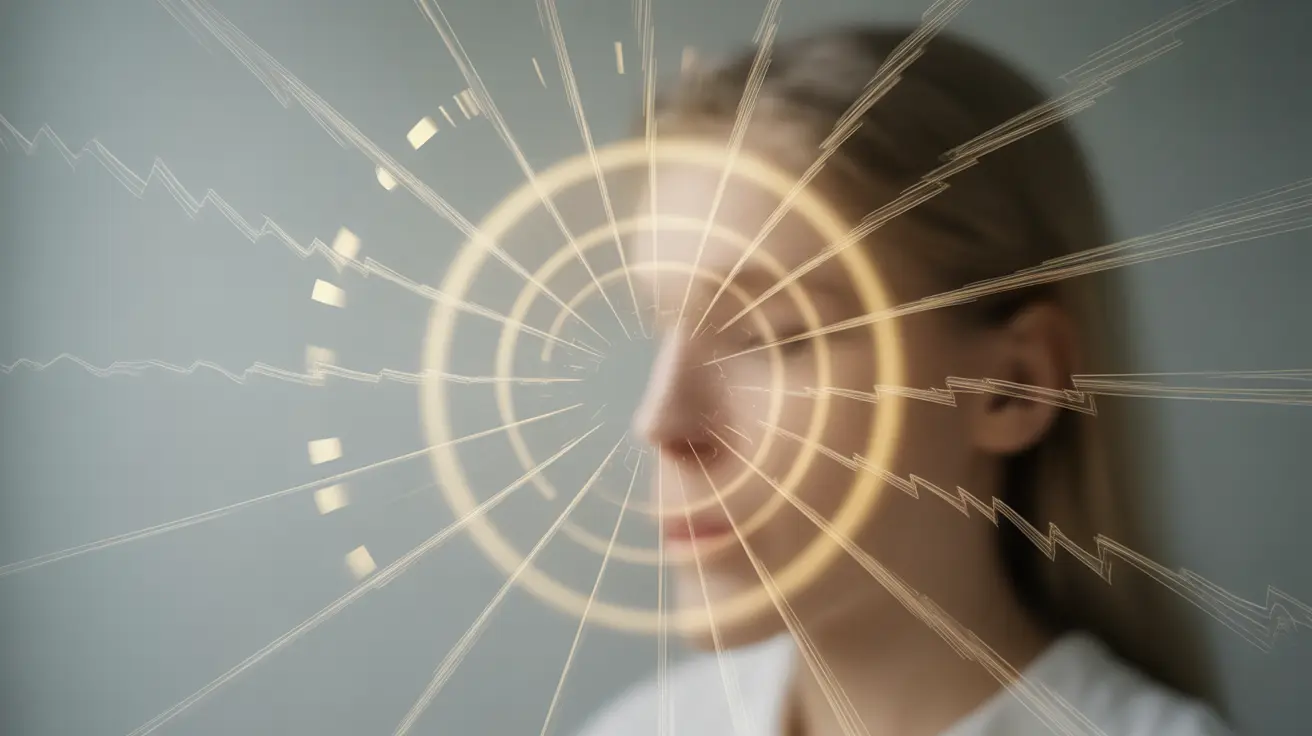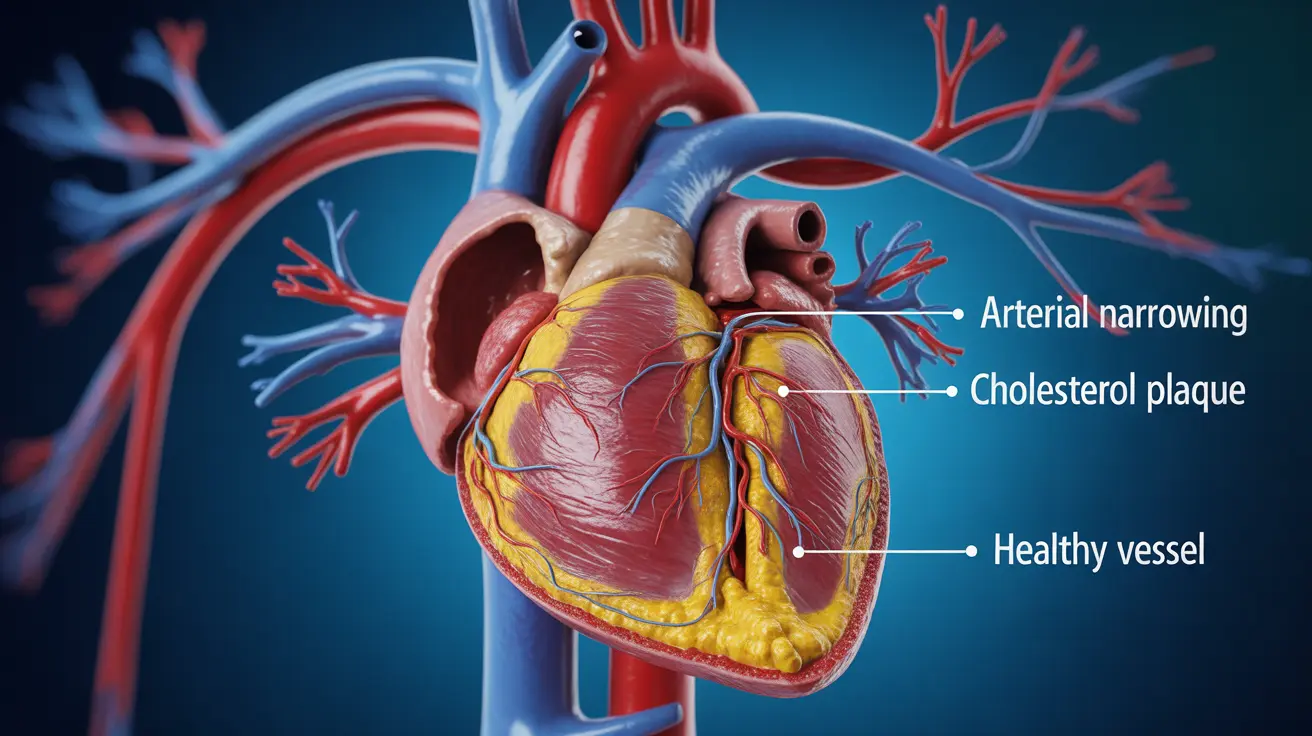Many people wonder, "Do men have a pelvis?" The answer is yes - the pelvis is a crucial part of both male and female anatomy, though there are notable differences between them. The male pelvis serves as a fundamental structural component of the body, playing vital roles in movement, organ protection, and overall stability.
Understanding the male pelvis's unique characteristics and functions is essential for comprehending human anatomy and the specific adaptations that distinguish male and female skeletal structures. Let's explore the male pelvis in detail, examining its composition, purpose, and distinctive features.
Structure and Composition of the Male Pelvis
The male pelvis consists of several interconnected bones that form a robust, bowl-shaped structure. The main components include:
- The ilium (two hip bones)
- The ischium (sitting bones)
- The pubis (front pelvic bones)
- The sacrum
- The coccyx (tailbone)
These bones join together at specific points called sutures and symphyses, creating a strong yet flexible framework that supports the upper body and connects to the lower limbs.
Distinctive Features of the Male Pelvis
The male pelvis has several characteristic features that distinguish it from the female pelvis:
- Narrower and more compact overall structure
- Thicker and heavier bones
- More vertical iliac wings
- Heart-shaped pelvic inlet
- Narrower pubic arch
- More prominent muscle attachments
Male Pelvic Functions
Structural Support
The male pelvis serves as a crucial architectural element of the body, providing:
- Support for the vertebral column and upper body weight
- Attachment points for powerful leg and core muscles
- Stability during walking, running, and other movements
- Protection for internal organs
Movement and Balance
The pelvis plays a vital role in mobility and stability through:
- Acting as a central pivot point for body movement
- Facilitating hip joint function
- Contributing to proper posture maintenance
- Enabling smooth weight transfer during walking
Organs Protected by the Male Pelvis
The pelvic cavity houses and protects several important organs:
- Bladder
- Lower portion of the large intestine
- Rectum
- Reproductive organs
- Major blood vessels and nerves
Evolutionary Adaptations
The male pelvis's distinctive shape and size result from evolutionary adaptations focused on strength and mobility rather than childbearing. The narrower, more compact structure provides advantages for:
- More efficient bipedal movement
- Greater muscle power generation
- Enhanced running and jumping capabilities
- Better weight distribution during physical activities
Frequently Asked Questions
Do men have a pelvis, and how is it different from a female pelvis?
Yes, men have a pelvis, but it differs from the female pelvis in several ways. The male pelvis is generally narrower, heavier, and more compact, with thicker bones and more pronounced muscle attachments. These differences reflect its optimization for mobility and strength rather than childbirth.
What bones make up the male pelvis and what functions does it serve?
The male pelvis consists of the ilium, ischium, pubis, sacrum, and coccyx. It serves multiple functions, including supporting the upper body, protecting internal organs, facilitating movement, and providing attachment points for muscles.
Why is the male pelvis narrower and smaller compared to the female pelvis?
The male pelvis is narrower and smaller due to evolutionary adaptations focused on mobility and physical strength rather than childbearing. This design enables more efficient movement and better muscle leverage for physical activities.
What organs are housed within the male pelvis?
The male pelvis houses several vital organs, including the bladder, lower portion of the large intestine, rectum, reproductive organs, and major blood vessels and nerves.
How does the male pelvis support movement and body balance?
The male pelvis supports movement and balance by acting as a central pivot point, facilitating hip joint function, maintaining proper posture, and enabling smooth weight transfer during walking and other physical activities.




